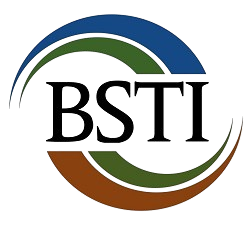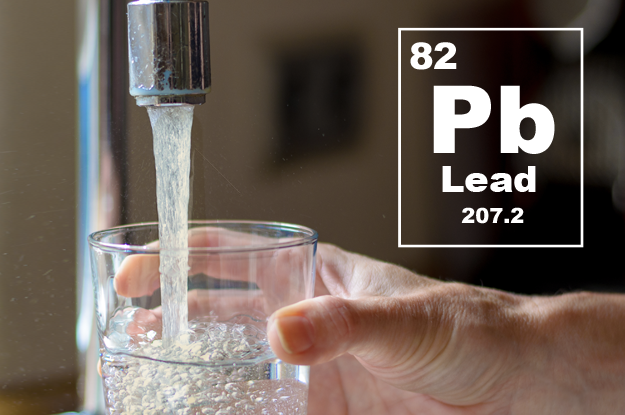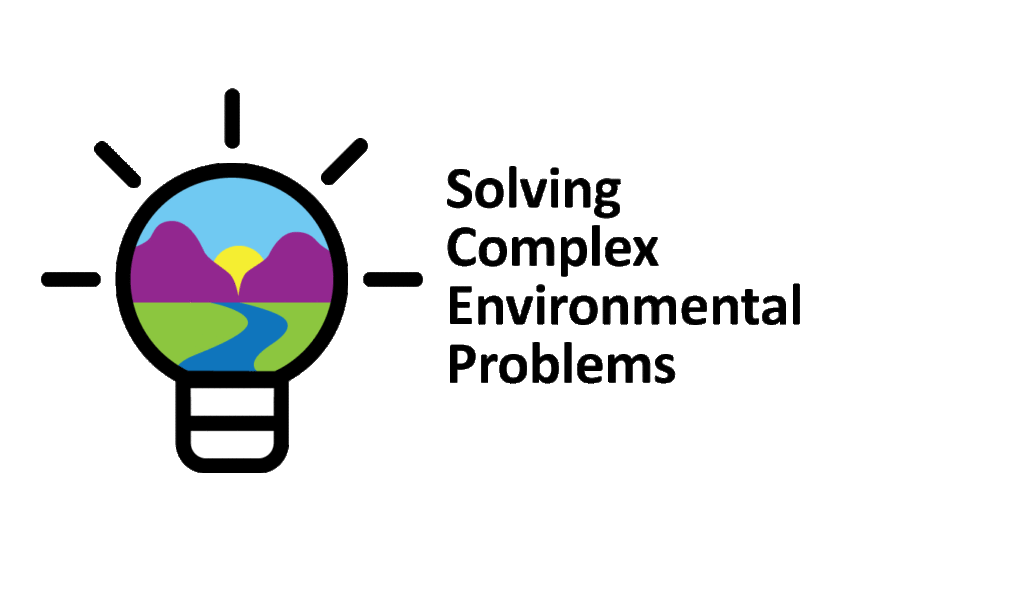I consider myself lucky to have come to environmental consulting through a couple of academic research detours; first at Columbia University in NYC then Southern Methodist University in Dallas. During my time at Columbia I worked with the Environmental Tracer Group within the Geochemistry department a Lamont Doherty Earth Observatory (LDEO). This was a great preparation for environmental consulting as our work at LDEO was directly related to understanding many of the same environmental fate and transport problems that we deal with nearly every day. Working in the environmental tracer group at LDEO provided an opportunity to use state of the art tools for quantifying many environmental processes. We explored atmospheric transport, unsaturated zone processes, groundwater recharge and flow rates and surface water mixing and gas exchange. So why is it that, during a decade of working on Superfund and remediation sites and on litigation matters, I do not see tracers used more widely?
While there are some technical and financial considerations, a big part of the reason may be that these tools just aren’t that well known in the consulting community. It may simply be that the “bang for the buck” or overall benefit of these methods is not clearly understood. So in my next blog posts on BSTI’s website, I’m planning to provide an overview of some environmental tracers and their uses:
Deliberate Tracers in Groundwater: Injection of tracers to track movement in fast moving groundwater systems.
- Evaluating flow patterns in karst or other complex environments where travel times are short.
- Injection of a tracer at an up gradient location during a pump test to determine aquifer and fate and transport properties.
- Tracers injected during pilot testing of in-site remedies to evaluate distribution of treatment.
Deliberate Tracers in Surface water: Release of tracers to measure flow, mixing and gas exchange in surface waters.
- Measure flow and mixing, for example in rivers or estuaries with complex tidal flow.
- When using gas tracers, the loss to the atmosphere over time allows for determination of gas exchange rates. This is of interest because the rate at which oxygen enters determines the quantity of oxidizable compounds which can be discharged to a water body without resulting in low oxygen conditions harmful to aquatic life.
- Measurement of interaction with groundwater.
Transient Tracers for Recent Groundwater: Measures the date at which groundwater entered the aquifer to within a few years.
- Measurement of low levels of manmade dissolved gases and some radionuclides, allows you to determine when groundwater was last in contact with the atmosphere, or groundwater age.
- With measurements at several locations or depths, you can then directly measure groundwater flow and recharge rates.
- Useful to calibrate groundwater models.
Stable Isotope Tracers: Differentiate the same chemicals from different sources based on isotope composition.
- Evaluate the sources of water, for example rainwater will have a different ratio of oxygen and hydrogen isotopes than melted snow.
- Differentiate merged plumes of same chemical, for example two difference sources of PCE may have different chlorine or carbon isotope ratios.
- Likewise, the same metals released into the environment by two different processes may have different isotopic signatures allowing the origin to be distinguished.
What else piques your interest? Tracers for quantifying groundwater/surface water interaction, sediment dating, unsaturated zone transport or bubble mediated gas exchange? The tools are out there and I’d love to hear about the applications that are of interest.
Nick Santella is BSTI’s Principal Geochemist. He may be reached for questions or comments at (nsantella@bstiweb.com) or by phone at 610-593-5500.






